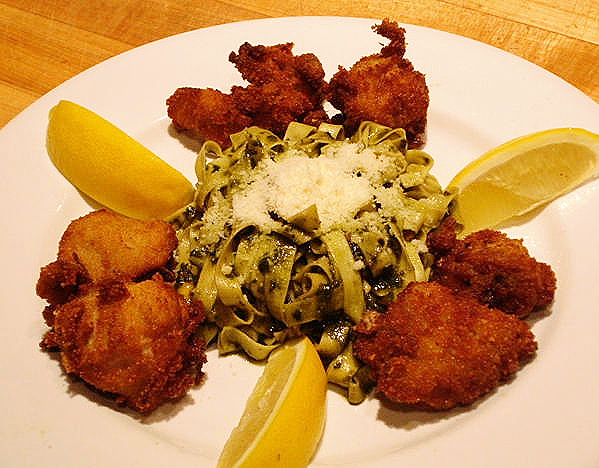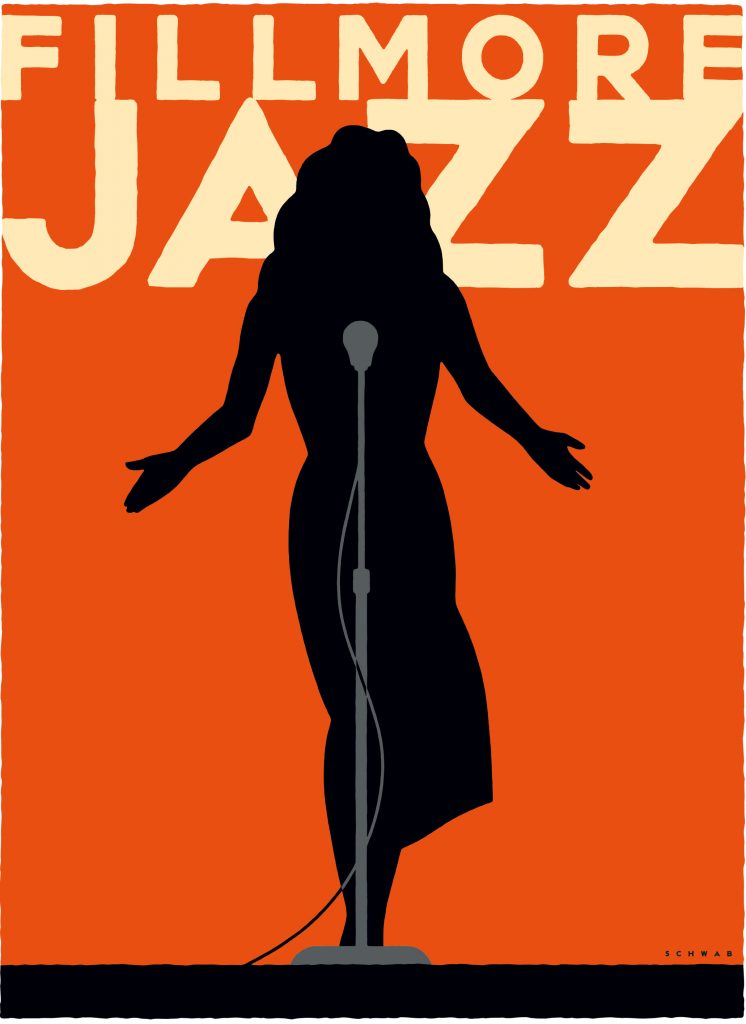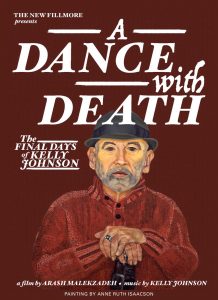
By BONNIE WACH
SF Weekly
Even here in the inventive food capital of the world, where unusual couplings are not merely accepted, but hoisted high on diners’ shoulders and paraded around like conquering cuisine heroes, a chef can once in a while go too far. We are indulgent, but we do have to draw the line somewhere.
So when my friend on Fillmore called and invited me to try fried oysters and pesto pasta at Vivande Porta Via, at 2125 Fillmore, I agreed reluctantly. I am not a huge oyster fan to begin with, and the combo sounded at best intriguing and at worst like a Pepto-Bismol moment. Then again, it was Vivande, Carlo Middione’s 23-year-old house of superb Italian gastronomy. How bad could it be?
Over the years Middione has brought us some of this town’s most inspired regional Italian cuisine — authentic classics that span every culinary inch of the “boot,” from the calf to the tippy-toe. This dish, however, isn’t rooted in a centuries-old Ligurian tradition; it’s one of a handful Middione invented.
“One day I sat down and was going to have a bowl of pesto, and I saw two oyster sandwiches go out, and I thought, ‘Hmmm … I want those,’” explained Middione. In a moment of stomach-growling indecision, he resolved to have both. “It’s really out of character for me. I don’t like to mix and match. But one bite and I knew I had something.”
Back at the table, my first expectations of the meal were shattered upon delivery: It arrived with a half-dozen midsize Tomales Bay oysters, breaded and lightly fried, circling a mound of ribbon pasta — not tossed together in a giant pile of earth ‘n’ surf as I’d envisioned.
The rest of my preconceived notions were dispelled with the first bite. The combination was surprisingly light, with flavors that danced around each other in perfect rhythm. First the breaded oysters — delicately crunchy on the outside, soft and airy on the inside — played countertempo to the piquant pesto; then the feather duster light house-made fettuccine took the lead, picking up the pace with a tangy walnut herbiness. Lemon wedges between the oysters cut the heaviness of the fried shellfish, and the hint of pecorino and parmigiano in the pesto gave weight to the paper-thin pasta strands.
Midway through this tango, I looked up at my friend, eyes sparkling, and mumbled, “Mmmm hmph mmph!” (Read: “Dang, this is good!”) He nodded and smiled knowingly. Another convert. Later, Middione told us that the dish’s popularity has spread almost entirely by word-of-mouth. It’s been one of his top sellers for 18 years.
“I’ve invented five dishes in my time, and this is one of the most inspired. For one thing, I like the look of it. It’s a nice visual experience, and that’s an important basis for all my food,” he said. “People hear about the oysters and pesto pasta from somebody else, customers bring friends in and say, ‘I know this may sound different, but …,’ and they always end up trying it and loving it.”
Filed under: Food, Drink & Lodging | Leave a Comment »







